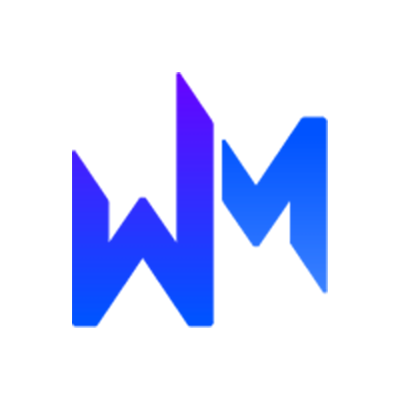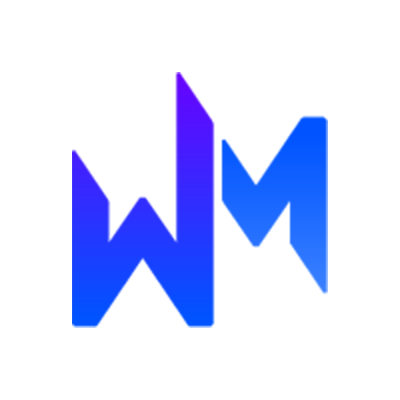10 Often-Ignored Tactics to Drive More App Installs

Marketing an app successfully may require taking a closer look at the tactics that have remained unused. There are, of course, tactics that are common among the vast majority of marketers looking to drive app installs, but there are a variety of tactics (10 mentioned here) that are often underrated by marketers and can be a key to quick growth in installation numbers.
1. Merge with another well-known app
A popular app with its robust user base can be a great option for partnering. A relatively new and lesser-known app will be able to take the advantage of a larger audience simply on the merit of its partnering app. Drawing attention from the larger audience is much easier when you partner with big apps. By integrating with a reputed app your keywords also have better visibility and the chances of hitting app store ranks increases substantially. For example, by integrating the Google Map (pictured), Apple HealthKit or similar well-known app API you can use the keywords like Google Map, Google Calendar, etc., frequently and can leverage their popularity.

2. Reach YouTube with a great video
For many years, YouTube has developed itself as a great hybrid social media sharing platform that can make content popular quickly. A video launched on YouTube can garner thousands of views even without going viral. YouTube as a platform can offer your app marketing great advantages, namely, unparalleled SEO opportunities and a great preview of your app for the prospective audience.
3. Launch the app in less competitive country
You may be ambitious enough to launch in a competitive market like the U.S., but smaller markets offer a better marketing opportunity for new apps. Unlike the U.S., you may find that in smaller or less competitive markets that there are less-known apps among the app store's top spots. Obviously, to launch your app in markets outside of English-speaking world you have to set up app store pages to display in multiple languages.
4. Get your app featured in third-party stores
In major app stores like Google Play and Apple App Store mostly big names dominate the top ranks and beating them is often impossible for unknown apps. Launching the app in third-party stores and then gradually taking them to the big stores is a good strategy as you will enter the foray of big platforms with a good user base. Some of the important third-party app stores include Amazon app store for Android, SlideMe (pictured), Samsung App Store, F-Droid, GetJar, AppsLib, etc.

5. Indulge in rigorous email marketing
Email marketing has been a consistent performing tool for online marketers. Email marketing has been effective for garnering interests and then converting some interested people to customers. What's more, email marketing is an inexpensive means to communicate with potential users and it is easier than other forms of test messaging as well. You can easily segment and target users as per the mailing lists. Creating mobile optimized emails is also very easy. So, with direct links in your email you can easily take the audience to your app page instantly for a quick preview.
6. Offer contests and incentives
Offering users a chance to win something is a great way of engaging them and making them involved with the brand. Try to make the social media presence of your app interactive and engaging with various contest ideas and giveaways - just be sure to adhere to the social media network's particular rules for running contests.
7. Mind the right design and color for your app
We already know that design elements of your app have a lot to do in making an impression. But, did you think about colors? Did you ever think that every single color has a psychological aspect and without knowing just can make a positive or negative impact on the users? A great design can amount to nothing if you just do not adequately supplement it with appropriate color with the mood of the page or in-app action. For instance the warmth of red, freshness of green, coolness of blue, spirituality of violet and shabbiness of grey can always be used appropriately to add befitting psychological value to your content. (Here's an infographic on the psychology of color.)
8. Use re-targeting ads for more traffic and installs
Re-targeting is a form of advertising that garners far better response than regular ads because its ads speak more directly to consumers because they have already shown interest in that particular product or category.
9. Make sure your site is A/B tested before driving an app store optimization (ASO) campaign
There are multitudes of apps that drive their ASO campaign without even A/B testing their website capabilities and this often leads them to a vulnerable condition. A/B testing is to determine how well your landing page responds to mobile capabilities and it is crucial to make sure that the user experience is glitch free. Testing your app design and description you can also determine the combination with higher chances of conversion. Getting knowledge of what works best you can then optimize your app store page to garner better user response. Here we provide the steps for A/B testing for your new app.
- Develop a landing page with different icon designs for A/B testing
- Direct Web traffic to this new landing page with an AdWords campaign.
- Now compare the results and decide in favor of the winner design.
- You can do the similar exercise similar tests and evaluation for app description, screenshots or other aspects.
10. Ask for feedback and opinion indiscriminately
Taking advice and opinions from the users can be a very effective way to evaluate your app every now and then and accordingly putting things in right place. Visit forums where your niche target users visit most and ask for their opinion and suggestions. Often these advises offer path breaking insights in developing your app further and they offer you a great exposure to your target audience in an interactive and engaging manner.
While all the above mentioned strategies can be very useful, your focus should be on connecting user needs and preferences in as many ways as possible.
Author Bio: Chirag Leuva is a CEO and iOS developer at Yudiz Solutions. His experience ranges from programming to development of android game and apps. He loves writing about his insights into the world of iOS to share his views with likeminded people.

Subscribe to Our Newsletter!
Latest in Marketing








